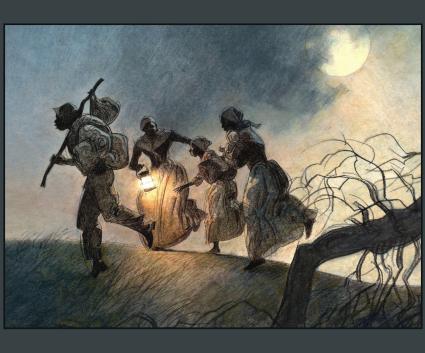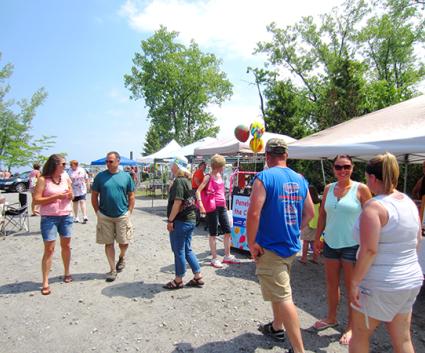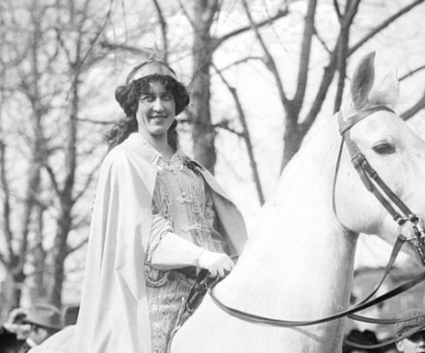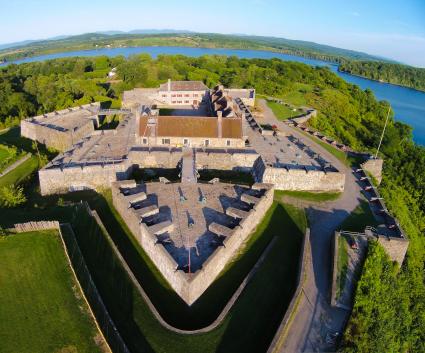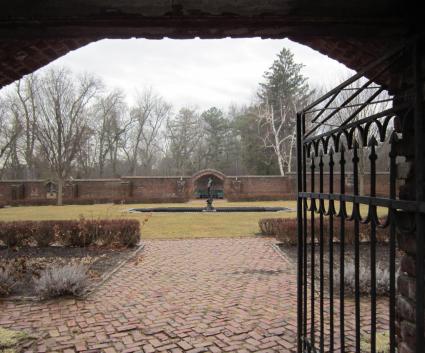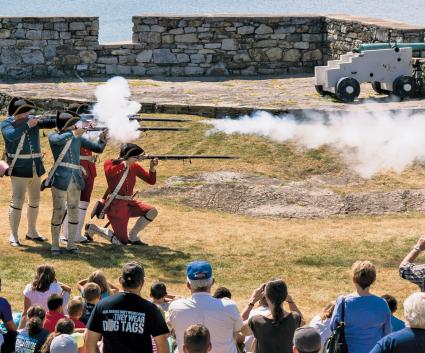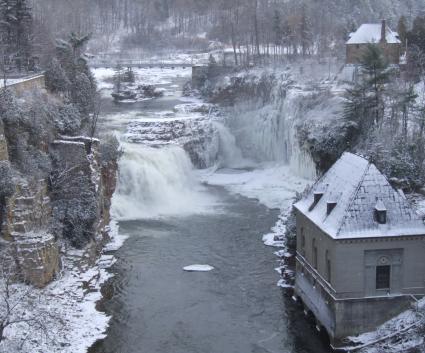Ticonderoga is a small town with a big history. While it’s best known for its connection to Fort Ticonderoga and its role in the American Revolution, the town’s industrial past is equally rich and fascinating. Take a self-guided walking tour, or the Ticonderoga Heritage Museum also offers scheduled guided tours. Step into the past while walking through the heart of Ticonderoga’s industrial heritage and along the beautiful LaChute River.
Begin your tour at the Ticonderoga Heritage Museum, also known as the 1888 Building. Originally serving as the main office of the Ticonderoga Pulp & Paper Company, the building became the Ticonderoga Heritage Museum and Gallery in 1976. It was added to the National Register of Historic Places in 1988.
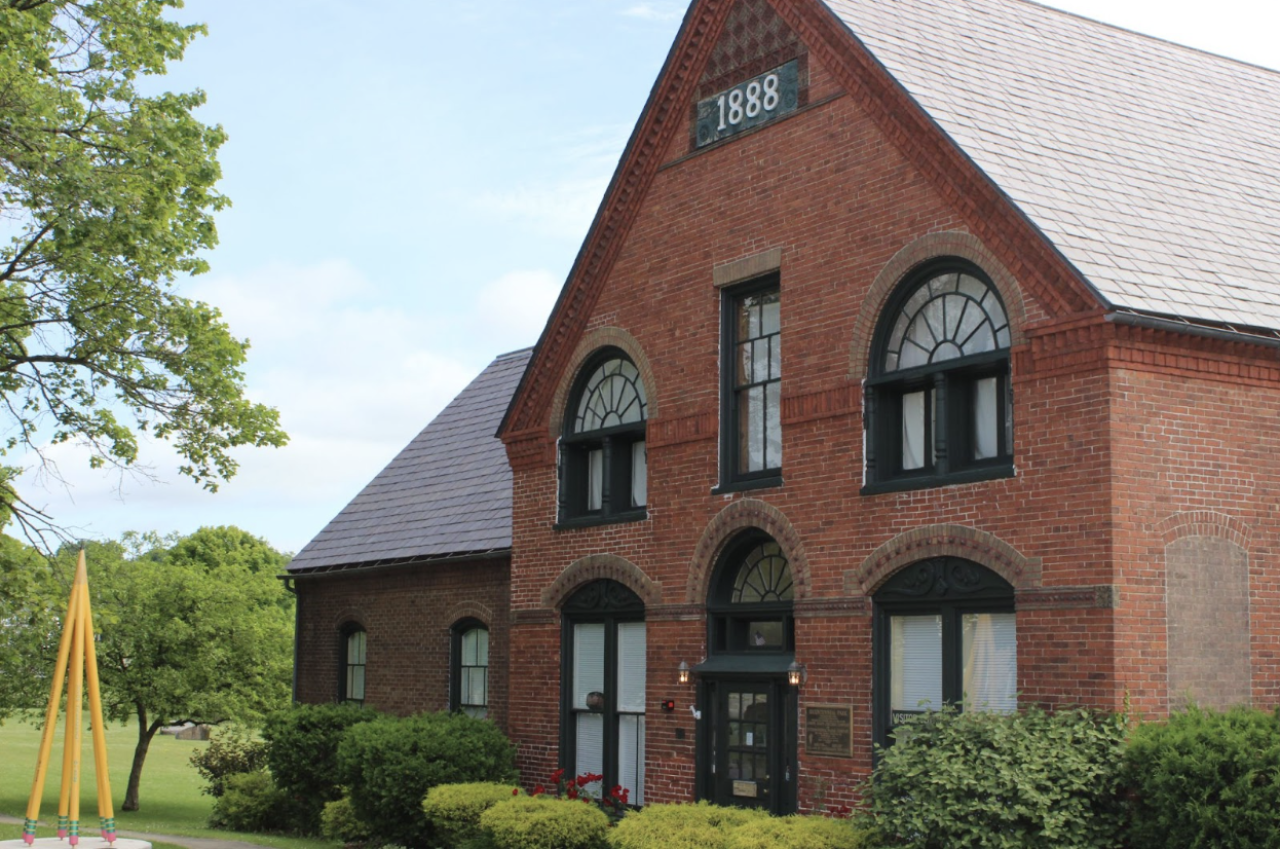
The next stop is what is now known as Percy Thompson Bicentennial Park. In 1884, this site was home to Ticonderoga Pulp & Paper’s Lower Mill. The No. 1 paper machine was installed in 1885, followed by the No. 2 machine in 1887. The area remained a hub of manufacturing until the International Paper Company relocated the mill to the outskirts of town, along the shores of Lake Champlain. The company later donated the land to the Town of Ticonderoga, and in 1976, the park was officially dedicated.
Percy Thompson, a former mill employee, worked tirelessly—along with other volunteers and local organizations—to bring his vision for a vibrant community space to life. Today, Percy Thompson Bicentennial Park is a recreational haven, offering fishing, kayak and canoe launches, a walking path, winter sledding, picnic areas, a playground, and much more. It also serves as the venue for numerous community and visitor events.
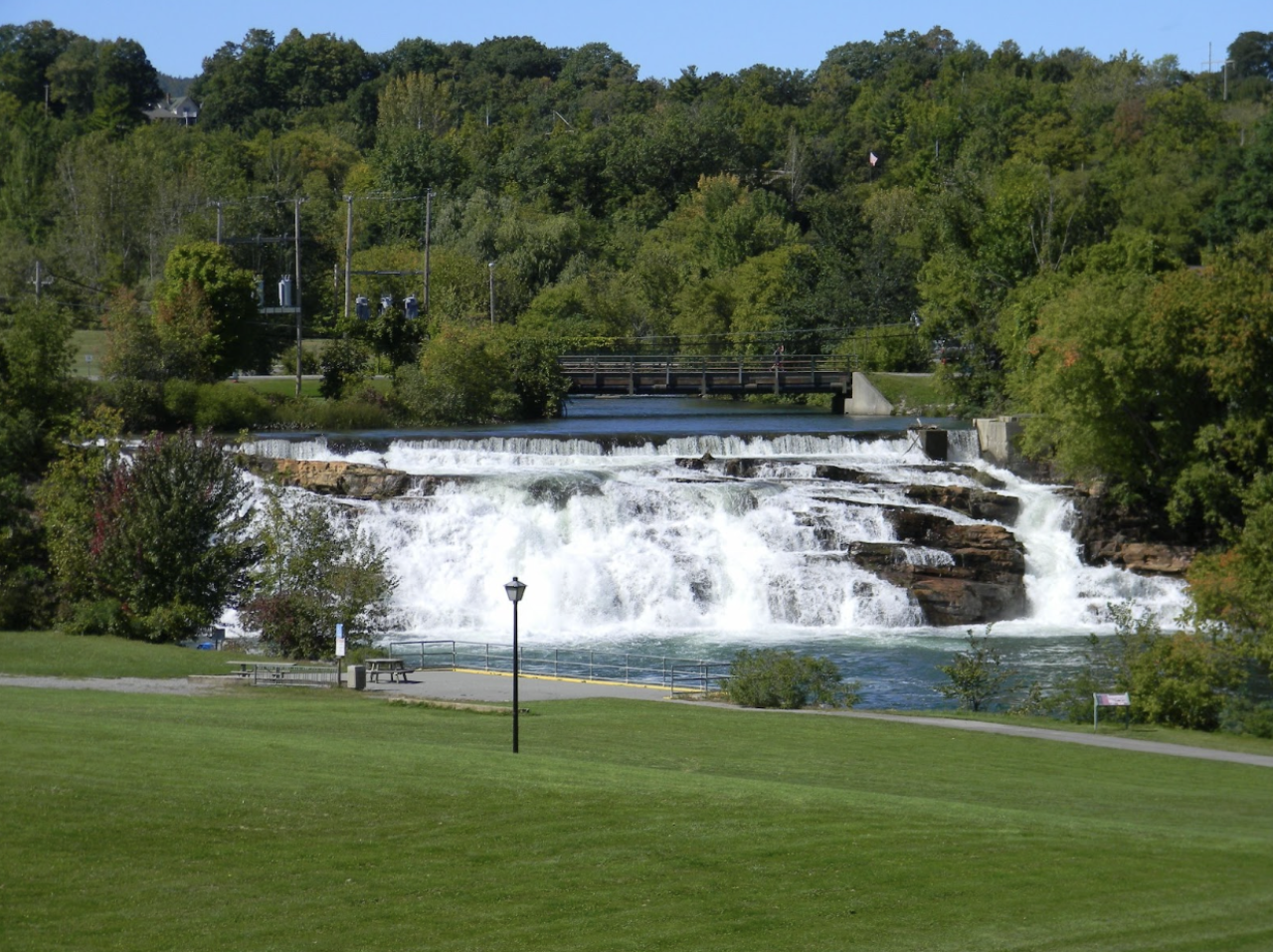
Continuing down Tower Avenue to the area known as the Lower Falls, you’ll find the former site of several historic industries, many of which relied on the water power available at this location. Notable businesses once located here include the Samuel Deall Grist Mill, the John Arthur Woolen Mill, the Pike, Case & Harwood Woolen Mill, the Isaac Kellogg Grist Mill, the Joseph S. Weed Mercantile, the John Porter Pocket Furnace, and Luman R. Wolcott’s Barrel Manufacturing operation.
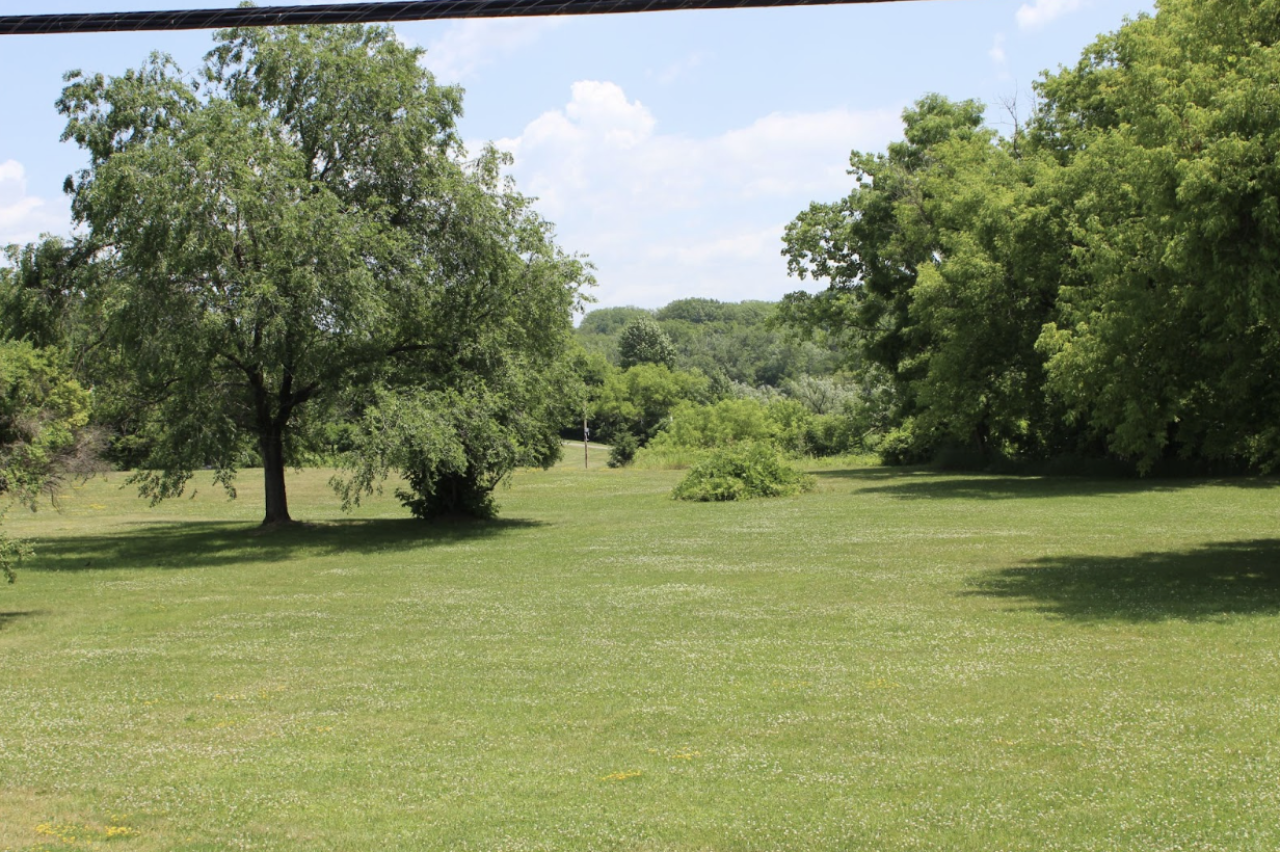
Many industries in Ticonderoga depended on water for power or transport. The LaChute River, formerly called Ticonderoga Creek, provided those possibilities. The LaChute River connects Lake George and Lake Champlain by a three-mile course of waterfalls that fall a total of 220 feet.
In 1756, along the edge of the LaChute at the Lower Falls, the French erected a sawmill. This mill was the first of its kind in the Champlain Valley and prepared the lumber for the construction of Fort Ticonderoga.
On the opposite side of the Lower Falls once stood the American Graphite Company, where graphite from nearby Lead Hill and Hague was processed. While this locally sourced graphite played a key role in the production of the iconic, now-named Dixon Ticonderoga pencils, the pencils themselves were never actually manufactured in the area.
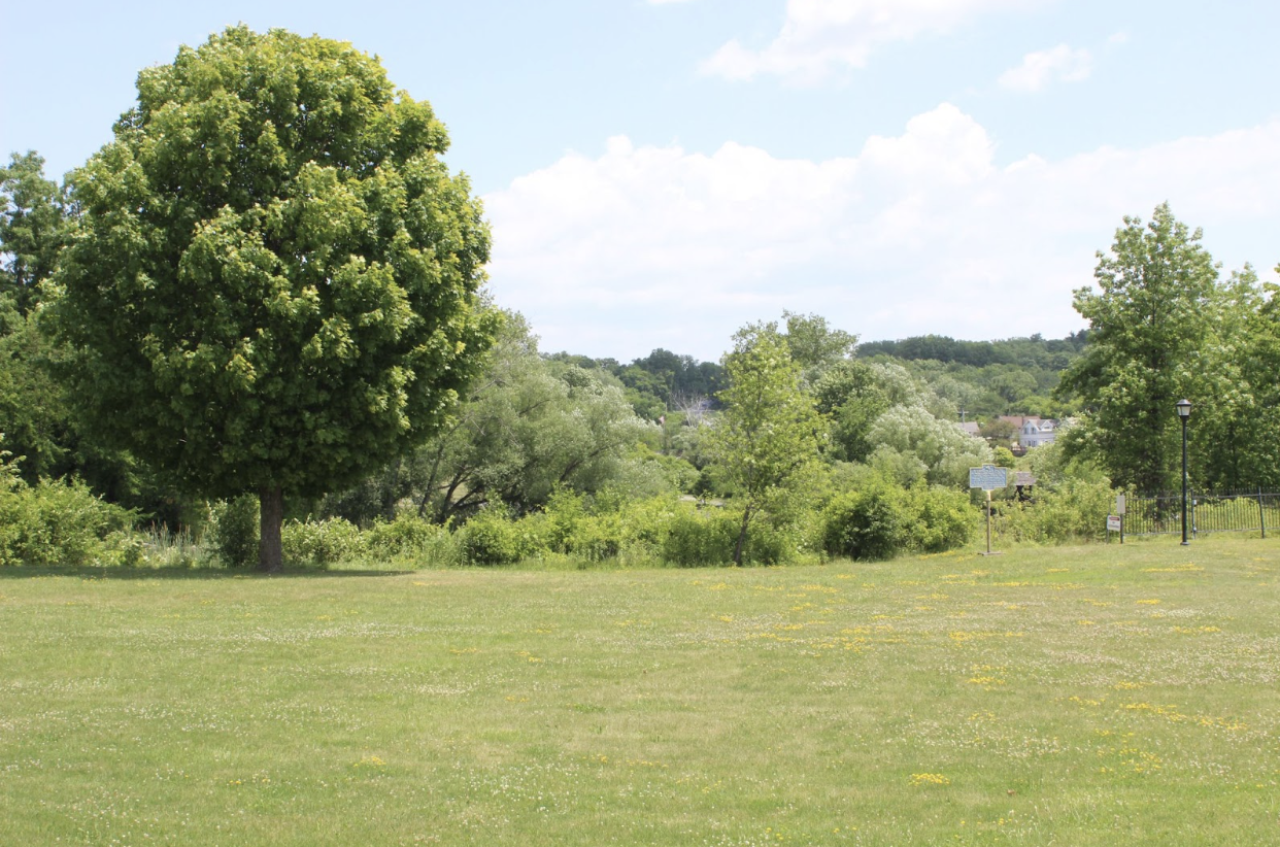
Near the site of the American Graphite Company once stood Horicon Iron Works, owned by Cyrus Butler. Built to meet the wartime demand for ironclad vessels, the facility played a significant industrial role during its time. However, by the 1880s, the plant had ceased operations.
An extensive network of railroad tracks once ran along the LaChute River and throughout the town, serving the mill and other local industries. These tracks played a vital role in transporting coal, limestone, and other essential materials used in the papermaking process at the Lower Mill.
As you begin walking the LaChute Trail, you come upon the Frazier Bridge. The Frazier Bridge was constructed across the LaChute River by Alexander Lee around June 1892. Originally used for transportation, the bridge remained in service until 1959, when the International Paper Company built its No. 7 papermaking building. From then on, the bridge served as a footpath for mill workers. In 1972, when International Paper relocated its operations outside the village, the footpath was no longer needed. The Frazier Bridge reopened in April 1976 and remains closed to vehicle traffic, blocked by large boulders to preserve its pedestrian use.
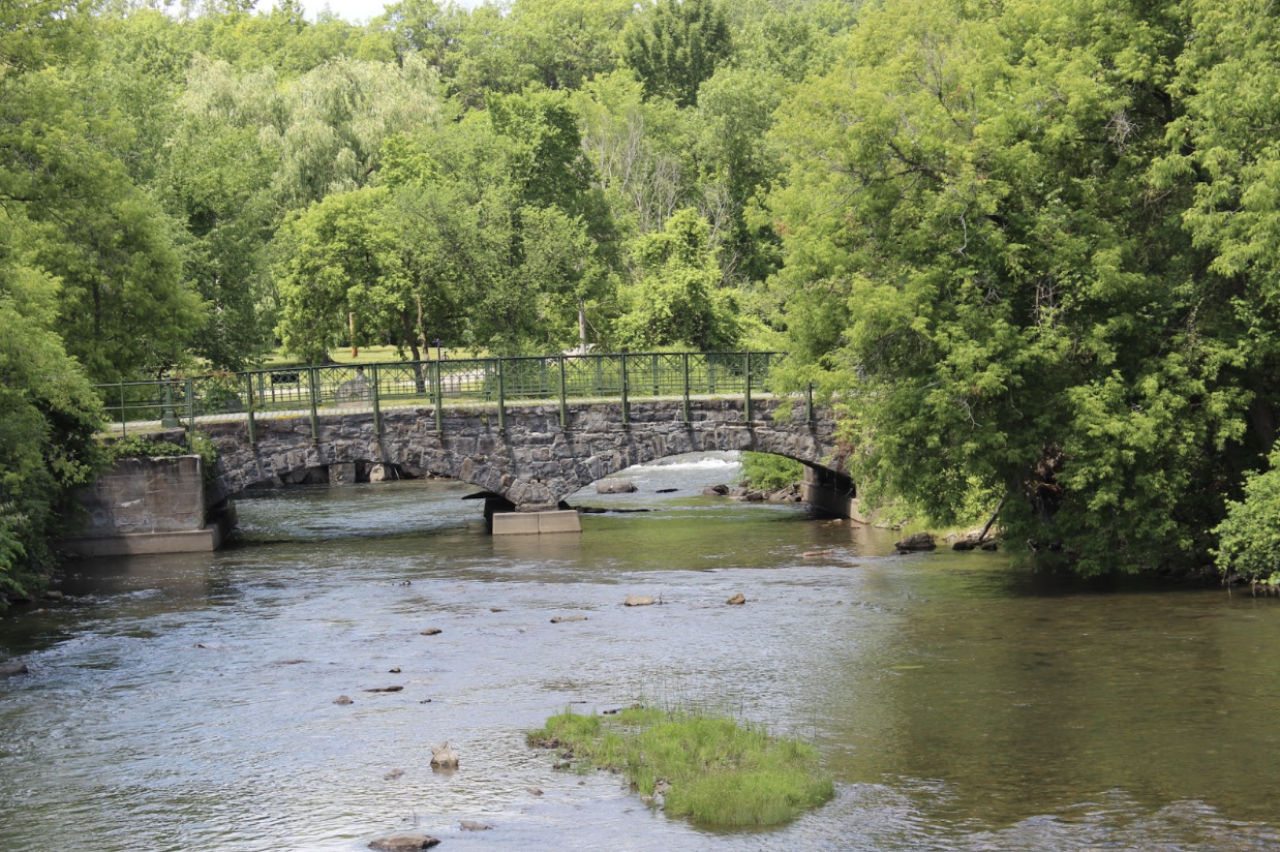
The Frazier Bridge takes its name from its proximity to Benjamin F. Frazier’s building. Originally established as a planing mill, the site later became a furniture shop. In his later years, Frazier also worked as an undertaker. Today, the building still stands and has recently undergone major renovations before reopening as the Paper & Pencil restaurant.
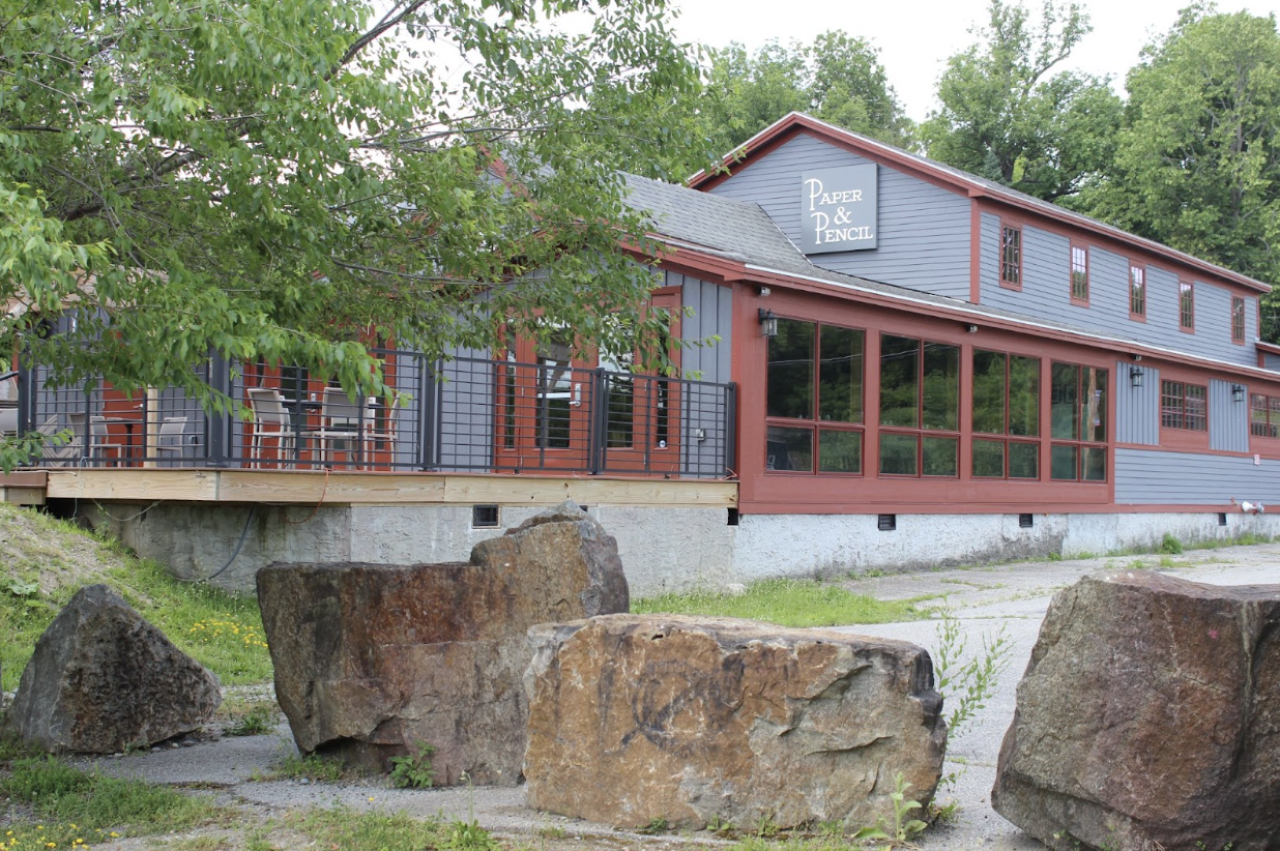
On the opposite side of the LaChute Trail lies a broad expanse of lawn that now serves as a recreational area and home to the Ticonderoga Area Farmers Market. Historically, this site was home to the Island Mill. At the time, the location was formed as an island between Ticonderoga Creek and Spencer Creek. The “L”-shaped mill, built in 1891, produced high-grade paper. Over the years, numerous other businesses emerged on the island, including International Paper Company’s No. 7 paper machine building, the International Paper water tower, Ticonderoga Machine Company, Ticonderoga Electric Light & Power Co., Merchant & Wilbur Feed Co., International Mineral Crushed Rock Elevator, Carillon Wood Company, William Hooper & Co. Foundry and Machine Shop, and V.A. Wiley & Co.
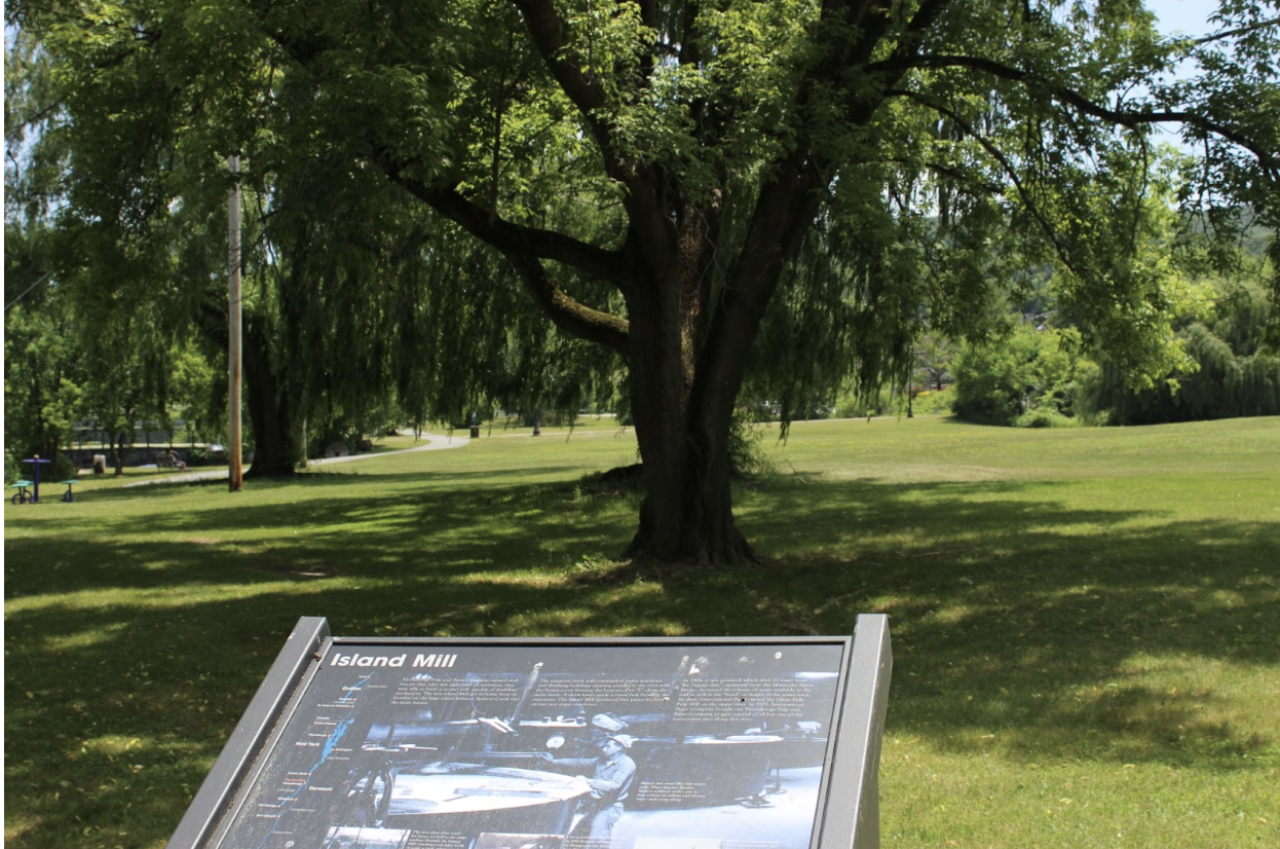
Further along the LaChute Trail is what is now known as Richards Dam. This site was once home to the Eber Richards & Son Pulp & Paper Mill. Completed in 1894, the mill employed ten people and operated with three grinders and two pulp machines.
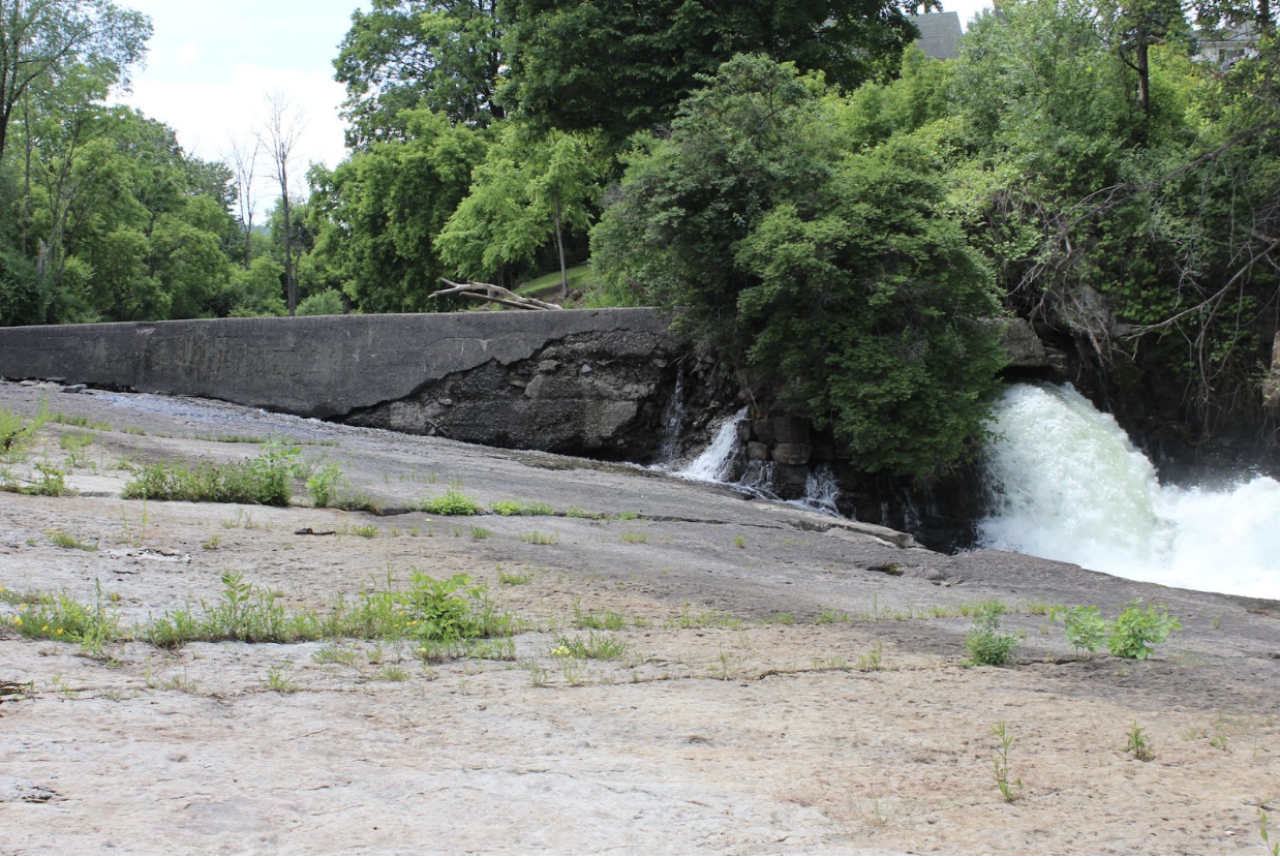
Continuing along the trail, you’ll catch a glimpse of the mural located at 89 Montcalm Street. Created by renowned muralist Tim Parsley, the artwork pays tribute to Ticonderoga’s papermaking industry. Based on a historical image provided by the Ticonderoga Heritage Museum, the mural features real mill workers from that era.
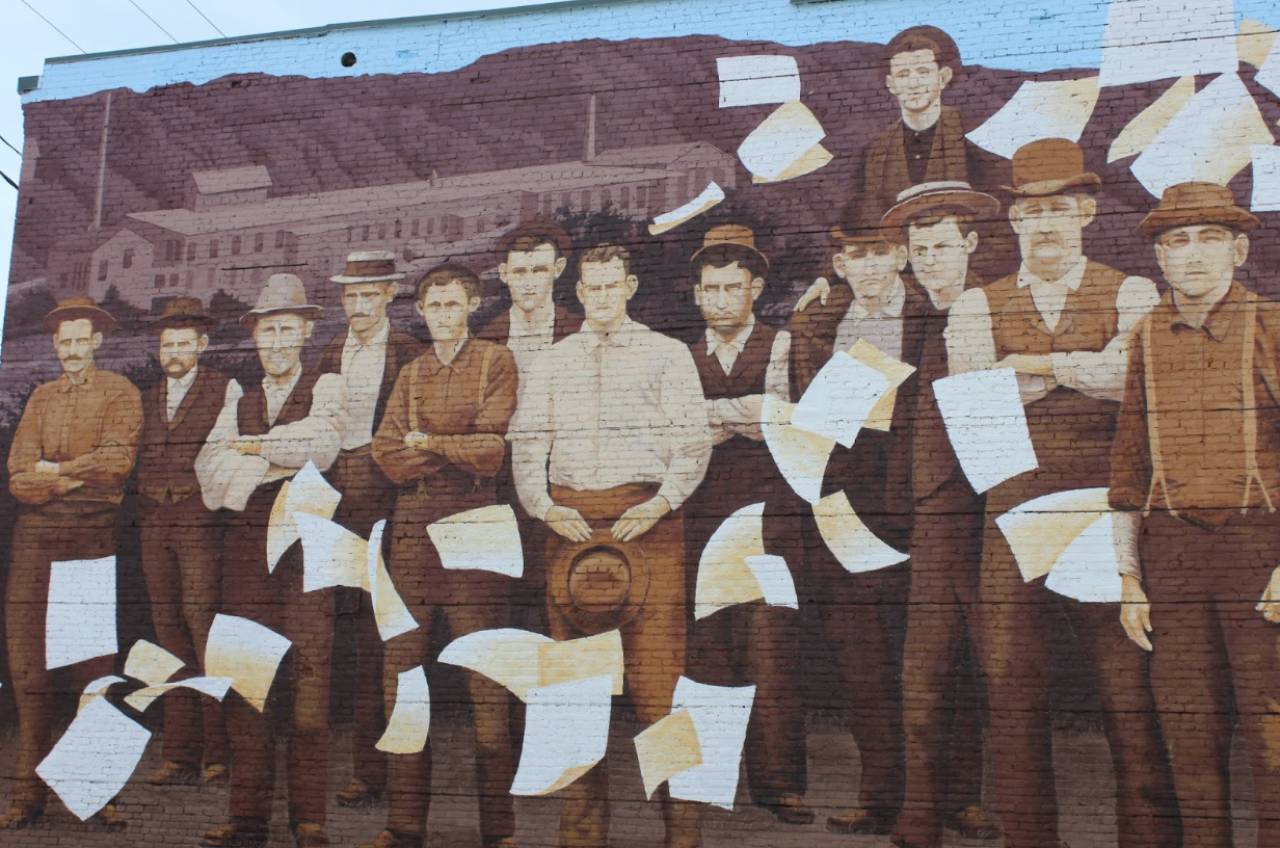
As you exit the LaChute Trail at the intersection of Montcalm Street and Lake George Avenue, you’ll catch a glimpse of the S.B. Moore Grist Mill building, located just west on Montcalm Street. Built in 1878, it is one of the oldest surviving commercial structures in the area. Over the years, the building housed various businesses, including the George F. Dudley & Co. Saw & Grist Mill and the Floyd & Bemis Saw and Grist Mill. Today, it still bears visible traces of its later use as an Agway farm-supply store.

Note: This walking tour is a condensed version of the Ticonderoga Heritage Museum’s Collection Spotlight Series: Lower LaChute Walking Tour. The museum periodically offers guided, narrated tours of both the Upper and Lower LaChute areas. For information on upcoming tours, please visit their website: Ticonderoga Heritage Museum. A special tour is scheduled for Saturday, September 6, 2025, as part of the Ticonderoga Area Farmers Market “History Speaks” event.
Special thanks to Ticonderoga Town Supervisor Mark Wright for providing a narrated tour and additional historical resources.




